Meet the Class of 2022
14 Jun 2022
BTO scientists have tagged seven more Cuckoos this Spring, as part of BTO's Cuckoo Tracking Project. Data from a tiny satellite tag, attached to the birds by licenced bird ringers, will transmit the Cuckoos' location every 48 hours, meaning the public will be able to watch these birds as they begin their amazing migration south.
This year, Cuckoos JD, Bluey, Charles, Cooper, Ripple, Grove II and Joe join Calypso, Daniel, JAC, Ellis and Victor II (all from 2021). While Daniel and JAC were tagged in Wales, and Ellis and Victor II in Scotland, this year BTO targeted English Cuckoos, in order to collect data specific to the birds which breed in England.
The Cuckoo Tracking Project began in 2011 in an attempt to shed light on Cuckoo migration and survival, at a time when Cuckoo numbers were plummeting and the decline was poorly understood due to a lack of information about where UK Cuckoos spend the winter.
Since then, almost 100 birds have been tracked on their annual migrations to and from the Congo Basin, revealing that Cuckoos breeding in the UK follow two different routes through Europe and across the Sahara to reach their rainforest destination. Research conducted using the tracking data has also demonstrated that the migration routes taken are strongly linked to survival as well as correlated with breeding locations in the UK.
BTO would like to thank the generous donors and sponsors of the project, who fund the satellite tags, the continued collection of data from the tags and the ongoing research. Their contributions allow us to learn more about this iconic species and may help us work to reverse its sad declines.

What have the Cuckoos taught us?
When the Cuckoo Tracking Project began, we knew very little about what our breeding Cuckoos did once they left the UK for the winter months. Amost 100 tagged birds later, our new blog explores what we have learned and the questions we're still asking.

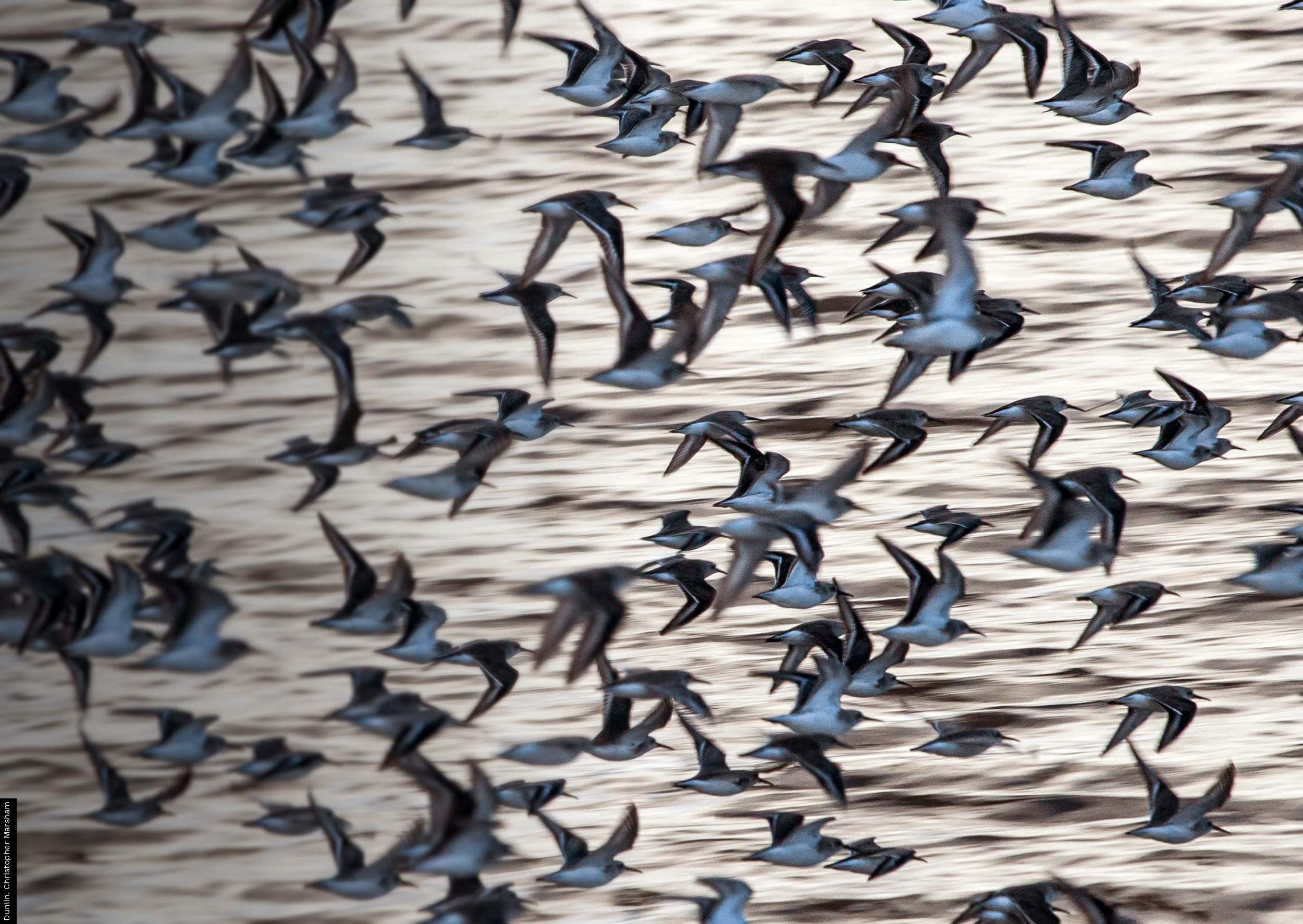
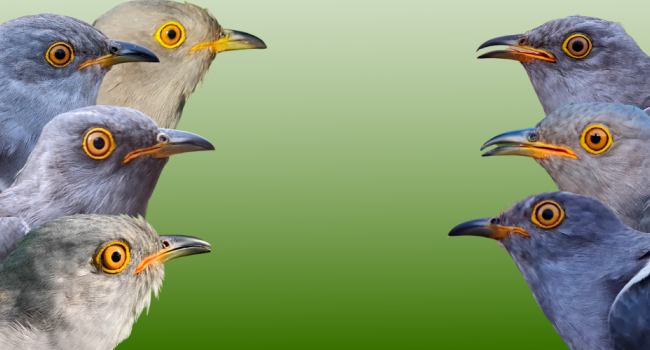

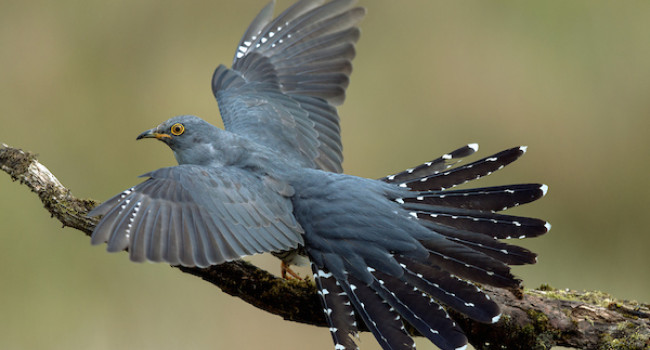
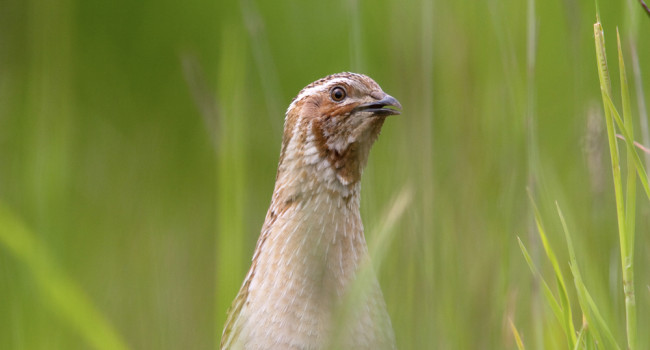
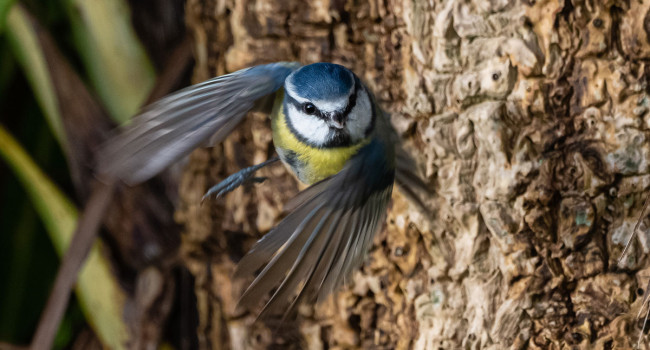


Share this page